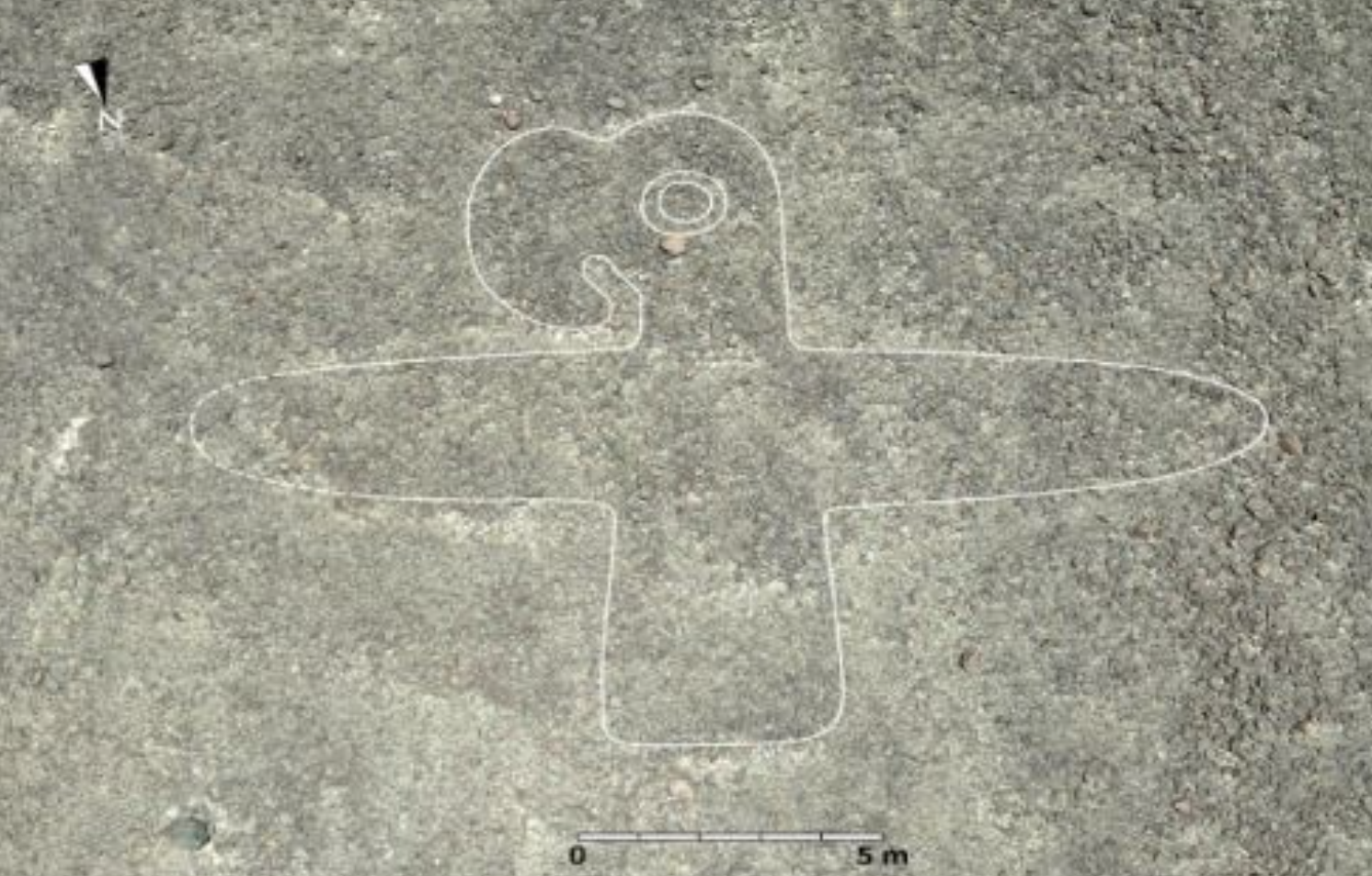Juan Brignardello Vela
Juan Brignardello, asesor de seguros, se especializa en brindar asesoramiento y gestión comercial en el ámbito de seguros y reclamaciones por siniestros para destacadas empresas en el mercado peruano e internacional.




The recent revelation of 303 new geoglyphs in the Nazca Plain has caused a sensation in the world of archaeology and history. This finding, made by a team of researchers from Yamagata University in Japan, presents itself as a new chapter in the study of these enigmatic figures that have fascinated scientists and tourists for generations. During six months of intense fieldwork, the archaeologists ventured into the vast and desert-like region of southern Peru, where time seems to have stood still. The press conference announcing the results was led by Professor Masato Sakai and Jorge Olano, who shared their enthusiasm for the findings. The Japanese ambassador to Peru, Tsuyoshi Yamamoto, was also present, highlighting the international collaboration that makes these investigations possible. Sakai and Olano explained that the discovery of 303 new geoglyphs brings the total to 733, underscoring the richness and complexity of this cultural heritage. One of the most intriguing aspects of these geoglyphs is their diversity. The new findings include both linear figures representing wild animals and relief forms more associated with human activity, where human figures and domesticated camelids can be distinguished. This latter type of geoglyphs is commonly found near winding paths, suggesting a connection between these figures and the routes used by the ancient inhabitants of the region. The average size of the new geoglyphs is 9 meters, a measurement that highlights the grandeur of these cultural manifestations and their visual impact on the desert landscape. However, the researchers caution that they have only explored 30% of the land in the Nazca Plain, leaving the door open for future discoveries in the remaining 70% that is yet to be investigated. The application of new technologies has been a key factor in these discoveries. Yamamoto emphasized the use of remote sensing, which combines satellite images, aerial photographs, and drone captures, to conduct a broad field study over an area of approximately 400 square kilometers. This methodology has enabled researchers to map the distribution of the geoglyphs with a precision that was previously unattainable. The use of artificial intelligence in research has revolutionized the way geoglyphs are studied. Professor Sakai explained that the traditional method, which relied on visual identification from high-resolution images, was a lengthy process prone to omissions. In contrast, AI has optimized both the accuracy and speed of analysis, facilitating the identification of patterns and the location of previously unknown figures. The Nazca geoglyphs, mostly created between 500 B.C. and 500 A.D., are believed to have had significant ritual and communal meanings for the cultures that inhabited the area. The new information about their distribution and typology not only enriches knowledge about the history of the region but also raises new questions about the cultural practices of the ancient inhabitants. As research progresses and more areas of the Nazca Plain are explored, scientists anticipate that new findings may emerge that will deepen the understanding of these monuments. The international scientific community is attentive to developments, as each newly discovered geoglyph adds a piece to the puzzle of human history. This discovery is not only significant from an academic perspective but also has implications for tourism and the preservation of cultural heritage. The renewed attention on the Nazca Lines could attract more visitors, which in turn poses the challenge of balancing the conservation of these sites with tourist interest. In conclusion, the discovery of 303 new geoglyphs in the Nazca Plain underscores the ongoing importance of this region as a site of archaeological and cultural value. As research deepens through the use of advanced technologies, the legacy of the ancient Nazcas remains alive, waiting to be unraveled by future generations.
Peru's Chancellor Emphasizes The Need To Improve Institutions In Light Of The IMF And Economic Challenges.

Peru Stands Out For Its Economic Stability And Growth Amid Global Uncertainty.

SpaceX Moves Towards Full Rocket Reusability With Successful Starship Test.





